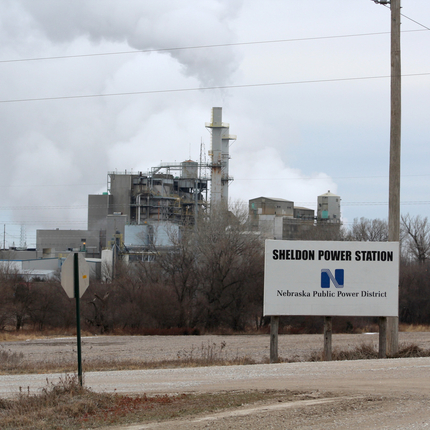It’s widespread knowledge that clean energy has taken its place in the spotlight over the past decade. What’s less known, however, is the rate at which coal plants are going dark. As renewable energy solutions, such as wind and solar, become more affordable and accessible, coal plants across the country are closing their doors, causing coal to lose traction as the country’s cheapest form of energy.
As of 2020, according to a report published by Energy Innovation Policy and Technology, 80% of existing U.S. coal plants are more expensive to keep in operation than replacing them with new wind and solar projects. In Nebraska, the same study showed this to be true for five of the state’s seven active plants, with four of these plants operating at a cost 29% or more higher than new wind.
There are a few key factors that play into this shift:
- Renewable energy is gaining momentum—and getting a lot less expensive. Wind and solar technologies have greatly improved in the past decade, resulting in increased effectiveness, which is appealing to energy investors and communities alike. As demand has increased, so too has supply, driving down the cost of the parts and hardware required to get wind turbines and solar panels built and operational. Research conducted by Our World in Data found that in 10 years, the price of solar electricity has dropped 89%, and the price of onshore wind has dropped 70%.
- Outdated coal plants are expensive to maintain. The inefficiencies of aging coal plants cause a significant financial strain to the business. The older they become, the more costs tied to operations and maintenance grow. To maintain current operations, many are forced to raise their energy prices or close entirely. According to Energy Innovation Policy and Technology’s Coal Cost Crossover 2.0 report, 158 U.S. plants have been retired since 2012.
- Many coal plants are in debt. Many of the coal plants that aren’t shutting their doors are facing another obstacle—debt carried by the local co-ops that run them. As a result, dollars that could be spent making these plants more efficient or installing emission-control equipment are used to pay off long-standing bills.
As the price war shifts in favor of renewables, it’s important our utility leaders make informed decisions about the continued use of coal and other fossil fuels. More information on this topic is available by downloading Rural Electrification 2.0: The Transition to a Clean Energy Economy.





